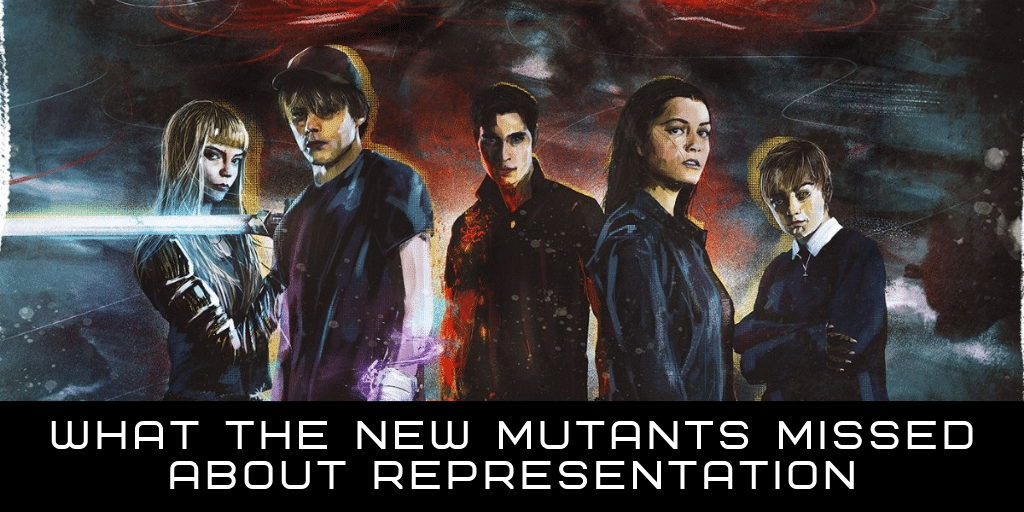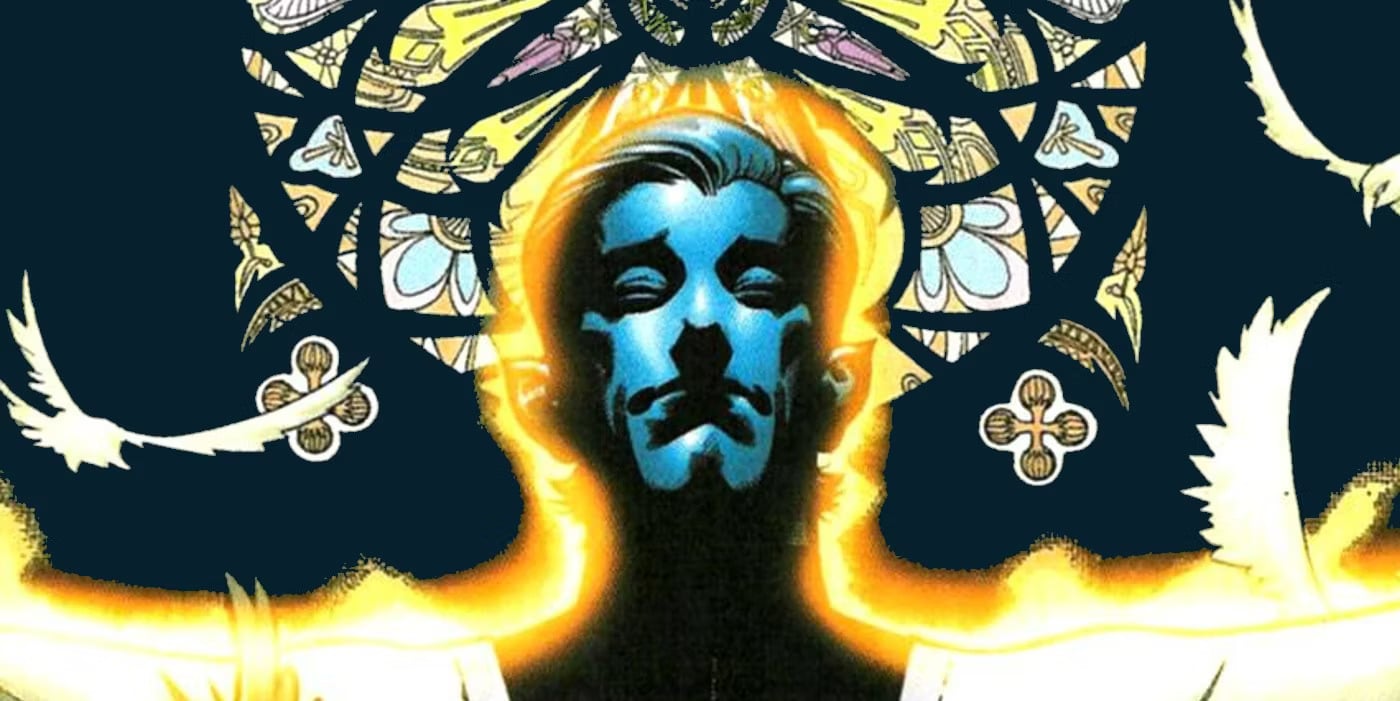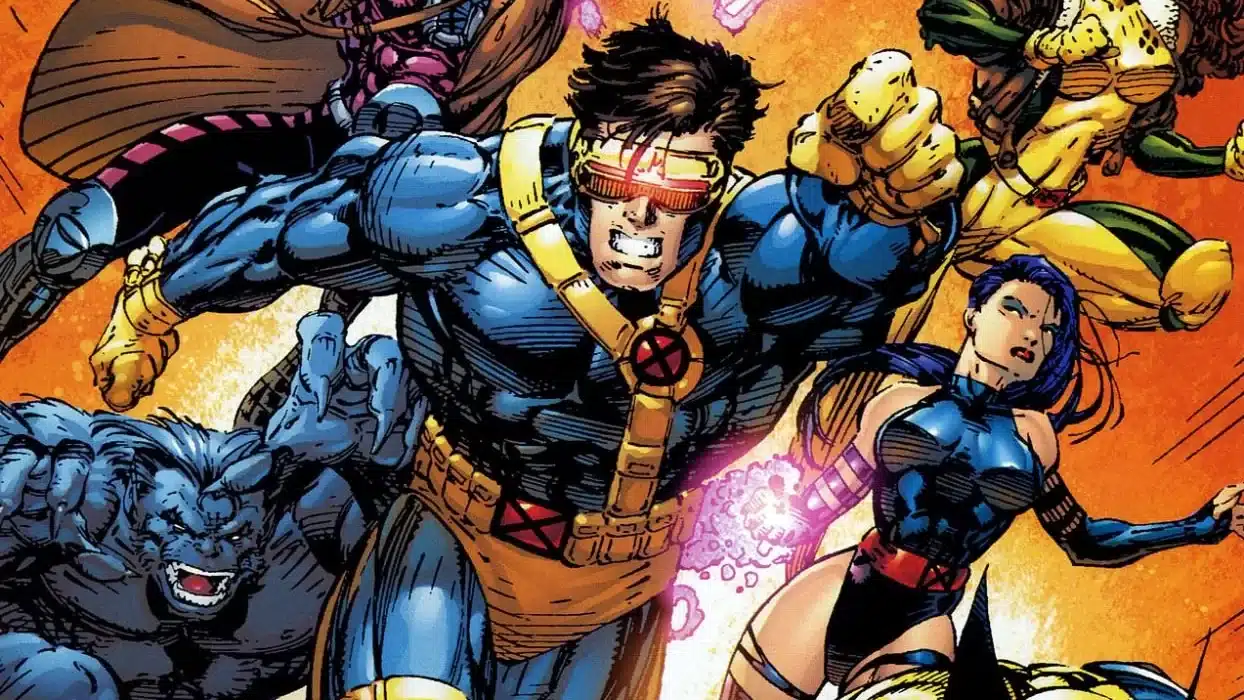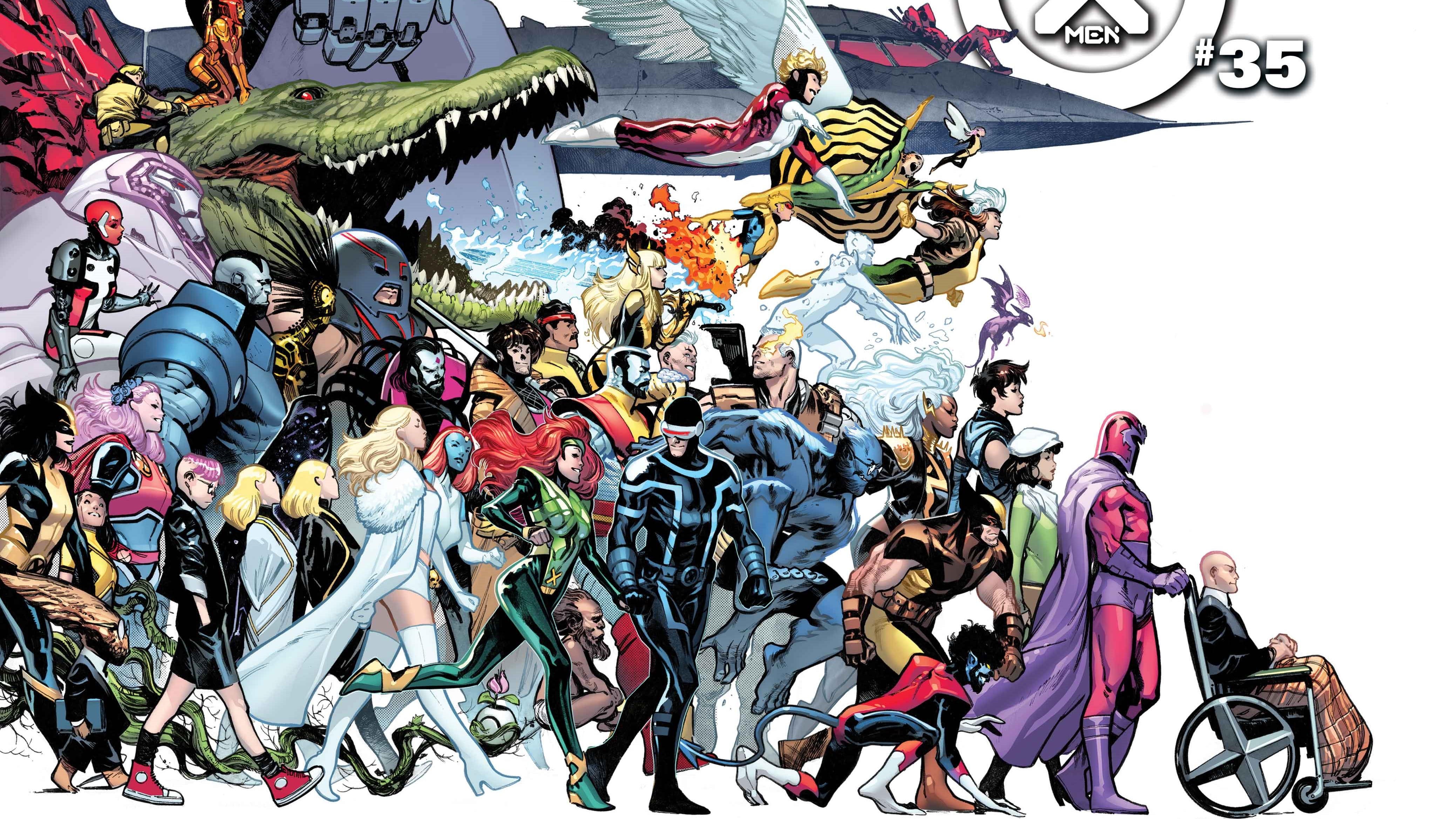The original New Mutants represented interracial (and sometimes interspecial) solidarity. The New Mutants movie does only barely that, if it does it at all. Initially, the movie was developed as a horror-Breakfast Club hybrid film. The Breakfast Club works because all the characters have social reservations and animosities they overcome together by the end of the movie. The New Mutants doesn’t work because only a couple of characters are allowed to be nuanced enough to have well-defined and represented identities, and the hurt that arises from people not accepting those identities is never fully explored. It takes something that was so inherent to the characters of the original team, and critical to the point of the X-Men overall, and tries to reduce it to an aesthetic. Instead of taking the opportunity to show true solidarity and understanding among people with different backgrounds, the film whitewashes and replaces characters, and features racist conflicts without ever doing the necessary work to resolve them.

In an interview with Gizmodo, the director of The New Mutants, Josh Boone, was asked for his thoughts on criticisms surrounding his decision to not cast the character Sunspot with a black actor. He said that he had no arguments against the criticism, but then said, “I didn’t care so much about the racism I’ve heard about in Brazil, about light-skinned versus dark-skinned. To me, it was I wanted to represent Brazil in a positive way and I wanted to find somebody who seems like he could look like a guy who’s had the silver spoon in his mouth, who has like a really rich dad and [Henry] just exemplified all these things.” Aside from implications of concerning perceptions of whether or not darker-skinned folk can embody wealth or “positivity,” the message that the director conveys in his answer is one of colorblindness and one that says that race, in particular Blackness, is cosmetic, superficial. This perspective says nothing of the culture, the history, or the trauma, the inflicted violence and erasure that is associated with certain skin colors and ethnic backgrounds. It ignores them completely.
I don’t know the film version of Sunspot’s specific ethnic background, but I know that characters don’t comment on it the way they do Mirage’s. I don’t know if the film version of Sunspot has ever been discriminated against, but I can guarantee you he has never been called the n-word because of the way he or his family looks. In his first Marvel appearance ever, Sunspot is shown getting into a fistfight with someone who calls him a “halfbreed,” and “an animal masquerading as a human being,” explicitly because of his Blackness. Sunspot’s Blackness is tied directly to not only his appearance but to his character, and casting him with a non-black actor in Henry Zaga robs him of this nuance, this humanity, and makes him unlikable, unsympathetic, and, like, just a rich jerk. Which is exactly what he is for most of the movie. Sunspot’s attitude and behavior is not the product of his wealthy upbringing, but a response to constant racist antagonism like the kind he experiences the first time we see him get angry. He is not a snob, but hyperconscious of attacks on immutable parts of his identity.

He also isn’t the only character that whitewashed in the film, either. In the comics, Stevie Hunter, a Black woman, served as a teacher and caretaker for the New Mutants. In The New Mutants movie, her role is, in a way, filled by Cecelia Reyes, who is traditionally a Black, Puerto Rican mutant from the Bronx, but is portrayed in the film by a white Brazillian actress. Hunter was not the only original character of color not included in the film. Karma, the team’s original leader from Vietnam in the comics, was also absent. While Karma may arguably not be a key New Mutants character overall, due to her constant on again off again status with the group, she is still a crucial part of establishing the New Mutants as a multiracial family and reinforcing that initial depiction of interracial unity. This disregard for characters of color does not just show up in casting, but also manifests in ways that interfere with the team’s dynamics.
The one character in the movie who was allowed to remain identifiably non-white, Dani Moonstar (Mirage), is punished for it. Instead of being able to claim her identity for herself and show us what it means to her to be Cheyenne, Sunspot, of all people, laughs when he hears her last name. Then Magik is particularly fixated on insulting Mirage based on her heritage throughout the beginning of the movie. The insults that Magik levies at Mirage serve to make her question the validity of her identity (“What kind of Indian are you?”) and echo insults that the American president uses towards one of his dissenters. The most heinous insult she makes refers to the Standing Rock Reservation, and the failed protests to block the construction of a pipeline through North Dakota. None of this bore any importance to the plot, could have been cut, and made Magik racist for the sake of conflict. In an odd way the movie seems to say that racism too is an aesthetic- just something to embody to characterize someone as an unsympathetic jerk.
The movie had several opportunities to rectify these issues, but instead opted not to. Fixing them might not have fixed issues with the film’s pacing, a common complaint from viewers, but it would have made the pacing at least worthwhile- it takes time to understand, heal, and genuinely love. But instead of seeing barriers broken down the Athlete having a heart to heart with the Brain, and the Princess giving the Basket Case a makeover like in The Breakfast Club, we see Magik and Mirage fight over the former’s comments with no apology, and then they never talk about it, or really even to each other, again. And then they fight a giant bear apparition in piecemeal with little coordination or teamwork. If The Breakfast Club is the Mona Lisa, then the New Mutants film is a picture of a postcard of the real thing- a pastiche or simulacrum of a semblance of what unity really is and looks like.

Now more than ever would have been the perfect time to show unity among people from different backgrounds. What could have been an exercise in healing and true solidarity, The New Mutants instead argues that unity is tenuous and most achievable when racial differences are physically eliminated, and comes at the cost of the comfort of the one BIPOC person who is present and only trying to survive. When you do things like remove characters of color, erase or give away ownership of their identity, or say that they weren’t real, it reinforces the notion that they never belonged in the first place. The fairy tale ends up not being the story in the comic or the movie, but that someone Black/Brown and amazing could ever exist as just that, even in fiction. We need to allow ourselves the opportunity to do the work of bringing together people of different backgrounds, with different skin colors, and let them be fully themselves and see them doing the work necessary for proper conciliation. Representation matters because we not only need inspiration, but affirmation and confirmation that we can be great, we are great, and there’s room for us to all be great together.





